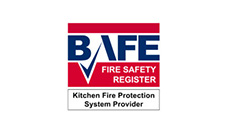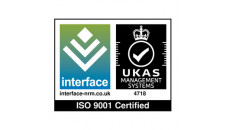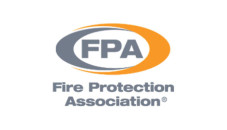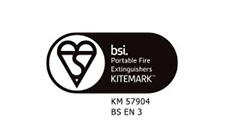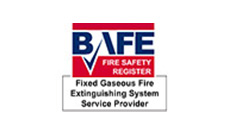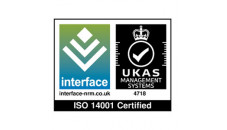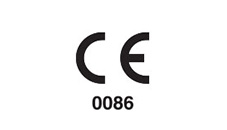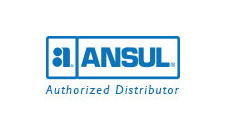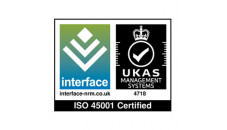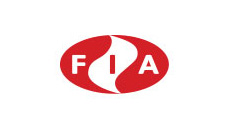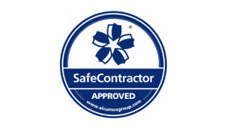Room Integrity Testing
Room Integrity Testing is undertaken to ensure that on discharge, the extinguishing agent achieves the correct concentration and maintains it for a minimum retention time value, above a defined minimum protected height.
What is a Room Integrity Testing?
Room Integrity Testing or RIT, is undertaken to ensure that on discharge, the extinguishing agent achieves the correct concentration and maintains it for a minimum retention time value, above a defined minimum protected height.
The ‘minimum retention time’ required under BS EN 15004-1 for all gaseous agents is 10 minutes, apart from CO² which has a minimum required retention time of 20 minutes.
The ‘retention time’ is the period that the gaseous agent should exist at an acceptable design concentration (Cmin), whilst remaining above the minimum protected height to prevent the re-ignition of a fire once it has been extinguished.
The ‘minimum protected height’ is a determined height from the base floor level to the top of any identified critical asset or risk, or as designated by the ‘responsible person’.
The ‘responsible person’ should always be consulted with, and agree the minimum protected height, regardless.
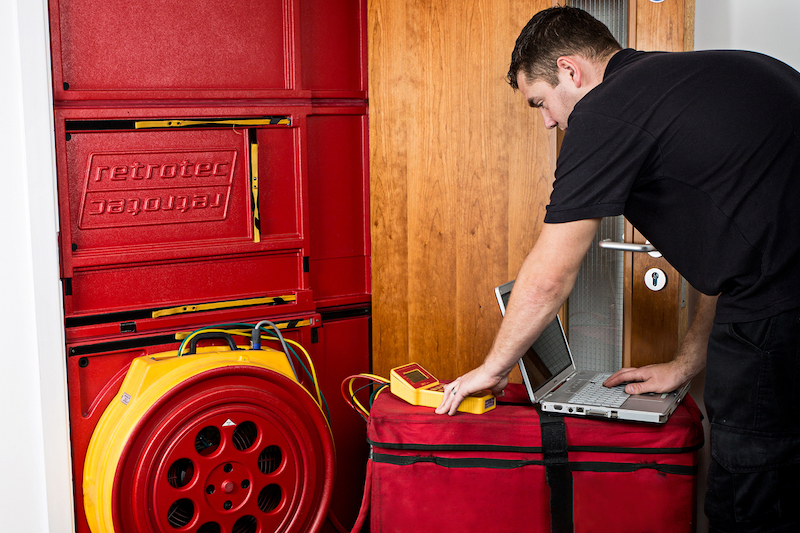
RIT Testing
With National Coverage
This is applicable to total flood systems
BS EN 15004-1:2008 states that any enclosure protected by a gaseous extinguishing system, and designed as a ‘total flood’ system, must be integrity tested on an annual basis, or when changes are made to the enclosure boundary, such as new cable penetrations.
How we do the Room Integrity Testing?
The test itself, in it’s very basic form, is a test for leakage. Using specialist equipment, the protected area is measured and the agent information, and any other relevant test data, is entered in the test software. The area is then pressurized and depressurized, typically to five values between 10 and 60 pascals on each run, and the airflows and pressure differentials are measured. This information is then added into the software, which then calculates the results data.
The results data presents an Engineer with two sets of information. The first set of information relates to the retention of the agent to the specified data entered and will normally give a ‘pass’ or ‘fail’ result. The second set of information, once the relevant inputs are entered, relates to the Venting Analysis for the protected area. This data indicates whether the existing venting, either through physical vents or natural leakage, is sufficient to handle the positive and negative peak pressure forces (depending on the agent used) that will generate within a protected area during agent discharge.
Again, this will return a ‘pass’ or ‘fail’ result, with additional information on any extra venting required if the Analysis failed.
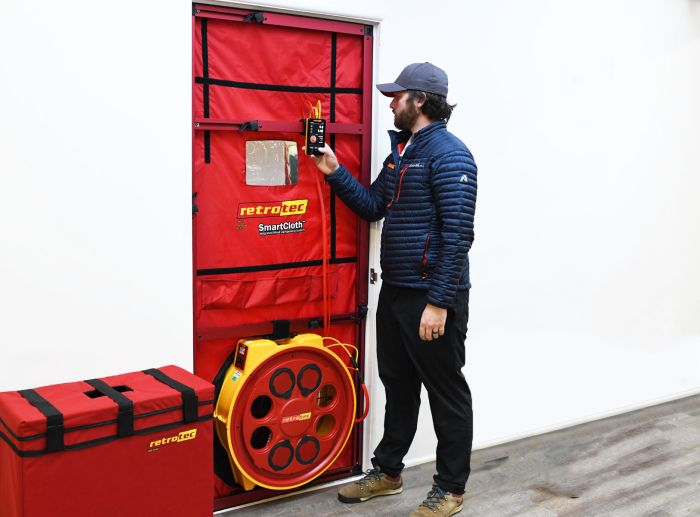
What we do if Room Integrity Testing fails?
If the room integrity testing fails on retention time, Engineers will attempt to identify areas of leakage within the protected area. If areas of leakage are found, it is highly recommended that specialist Room Air-Sealing contractor seals the room correctly. Many customer’s like to try and seal rooms themselves, but without specialist knowledge, using incorrect sealing products, or incorrect sealing methods, any following RIT tests conducted also typically fail – much to everyone’s frustration.
It should be noted here, that even though sealing works are conducted, they do not guarantee a pass on a re-test. Although they may certainly improve results, there may be underlaying issues (i.e. the area is under 30m³ in volume, there are areas of leakage that cannot be sealed for some reason, etc) that may prevent the test from passing under normal conditions. If this is the case, then there are other options that can be presented from a suppression and retention point of view.
All of Cannon Fire’s Engineers are trained on the use of Retrotec Integrity test equipment and software and certified on advanced (Level 3) training.
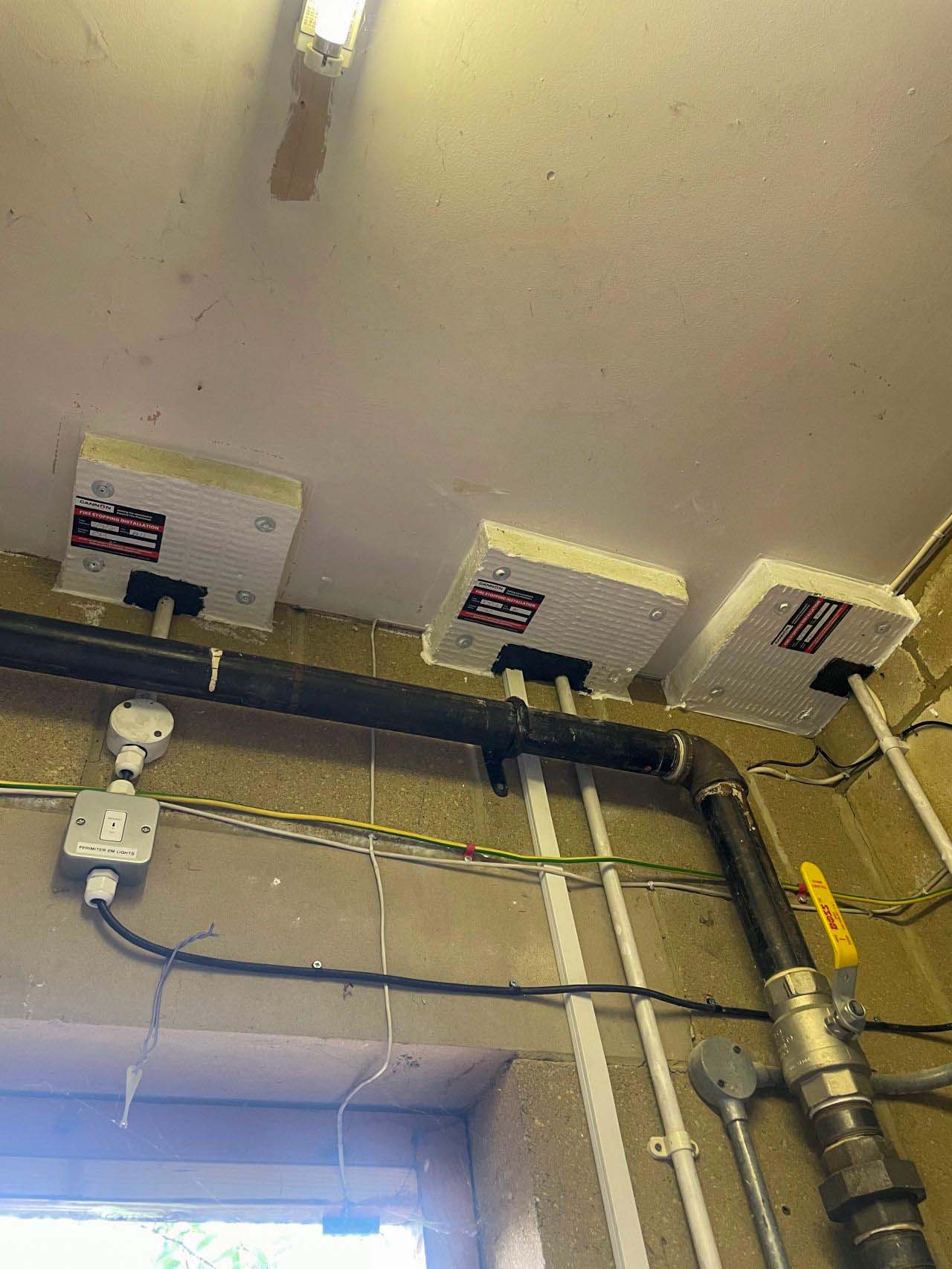
Here To Help
Please feel free to contact Cannon Fire today and speak to our design team with regards any project you may be looking for assistance with.
Our two head offices are based in Birmingham and Ollerton with fully qualified, experienced engineers spread throughout the UK allowing Cannon Fire to operate nationwide.
Call Us: 01623 860685
Email Us: [email protected]
CONTACT DETAILS
Trading Offices
Unit 1 Sherwood Network Centre, Ollerton, NG22 9FD
Unit C, 37a Parkfield Road, Coleshill,
Birmingham, B46 3LD
OUR KEY SERVICES
Copyright © Cannon 2024 All rights Reserved
